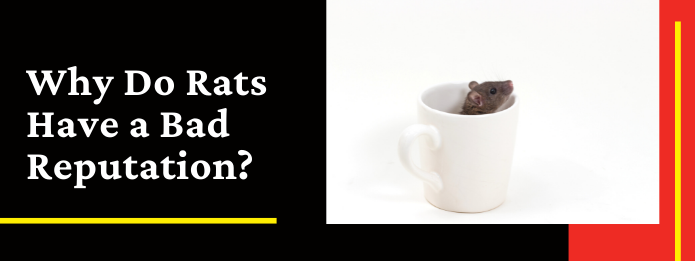 Rats have been depicted as evil, villainous, venomous, dangerous, and dirty for as long as literature and cinema have been around. In language, rats have been the bad guy for longer than that. But how did rats become the worst little four-legged long-tailed bad guy? Surely there are plenty worse out there to choose from. Rats have a solid place as all-around no-goods in both fiction and non-fiction. Film and lit go about rodent removal in many different ways but if you need pest control in Cambridge, be sure to contact Truly Nolen.
Rats have been depicted as evil, villainous, venomous, dangerous, and dirty for as long as literature and cinema have been around. In language, rats have been the bad guy for longer than that. But how did rats become the worst little four-legged long-tailed bad guy? Surely there are plenty worse out there to choose from. Rats have a solid place as all-around no-goods in both fiction and non-fiction. Film and lit go about rodent removal in many different ways but if you need pest control in Cambridge, be sure to contact Truly Nolen.
 Rats have been depicted as evil, villainous, venomous, dangerous, and dirty for as long as literature and cinema have been around. In language, rats have been the bad guy for longer than that. But how did rats become the worst little four-legged long-tailed bad guy? Surely there are plenty worse out there to choose from. Rats have a solid place as all-around no-goods in both fiction and non-fiction. Film and lit go about rodent removal in many different ways but if you need pest control in Cambridge, be sure to contact Truly Nolen.
Rats have been depicted as evil, villainous, venomous, dangerous, and dirty for as long as literature and cinema have been around. In language, rats have been the bad guy for longer than that. But how did rats become the worst little four-legged long-tailed bad guy? Surely there are plenty worse out there to choose from. Rats have a solid place as all-around no-goods in both fiction and non-fiction. Film and lit go about rodent removal in many different ways but if you need pest control in Cambridge, be sure to contact Truly Nolen.

